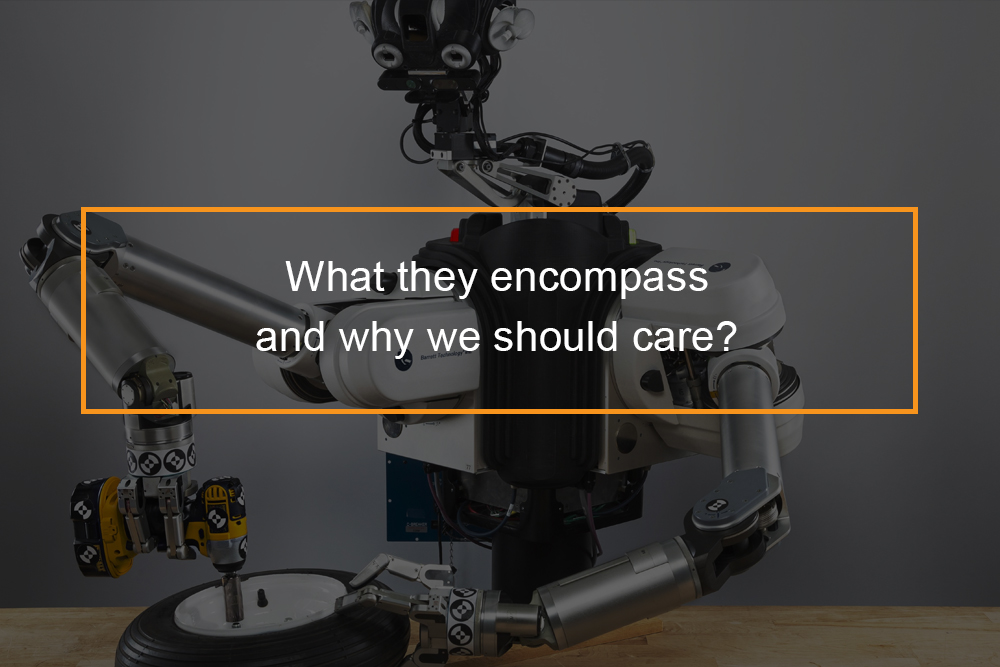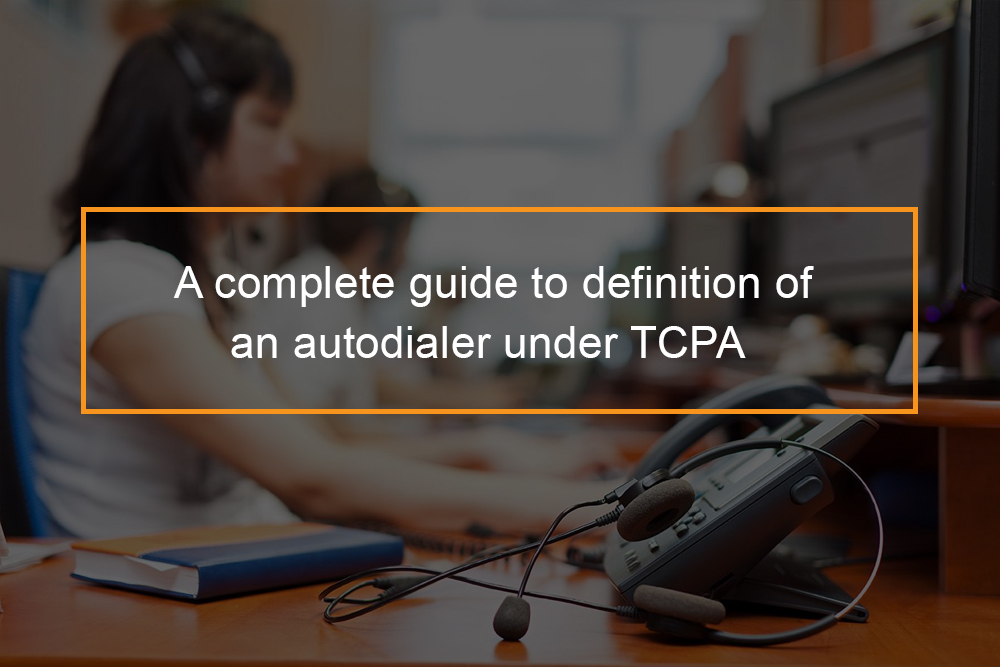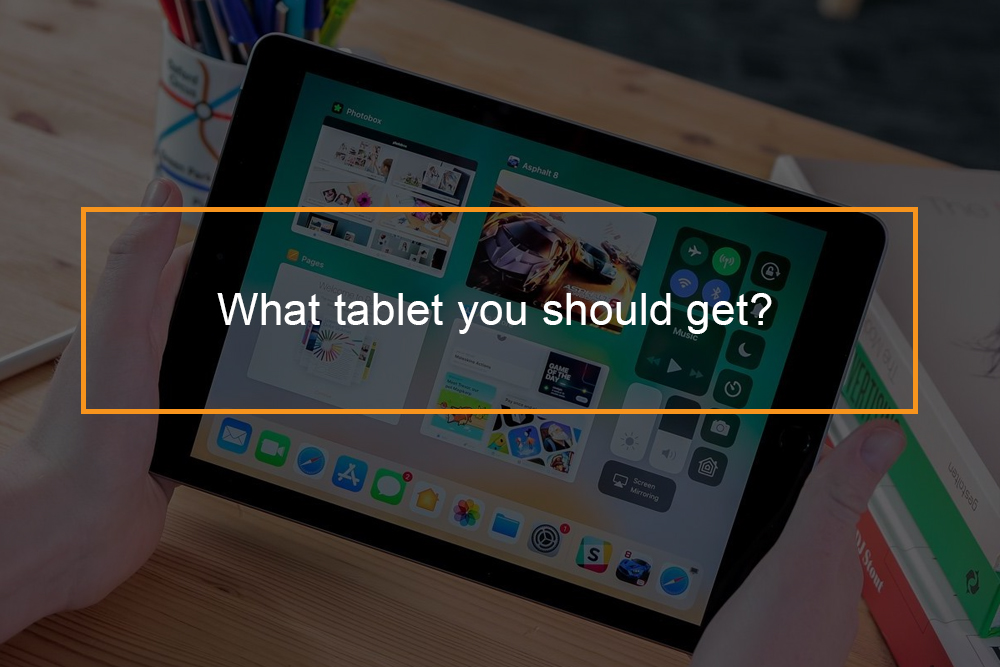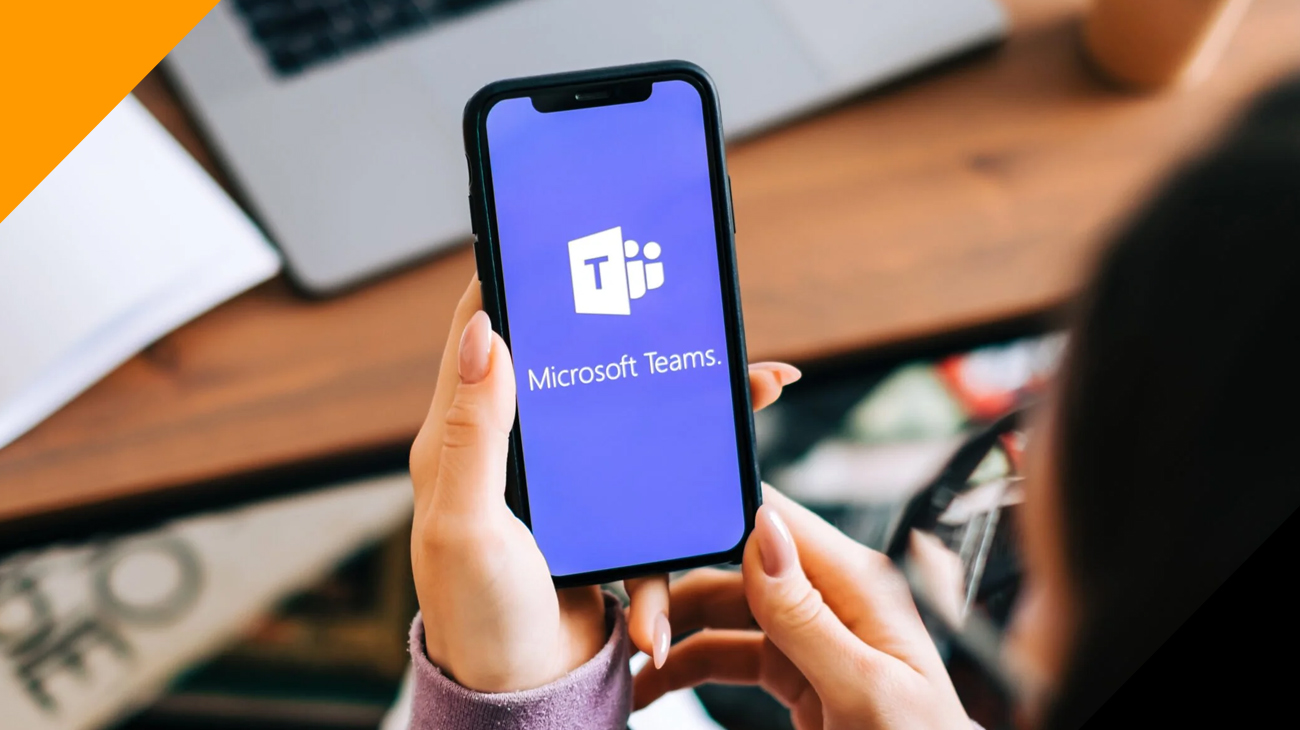What is VoIP phone? Voice over the Internet explained
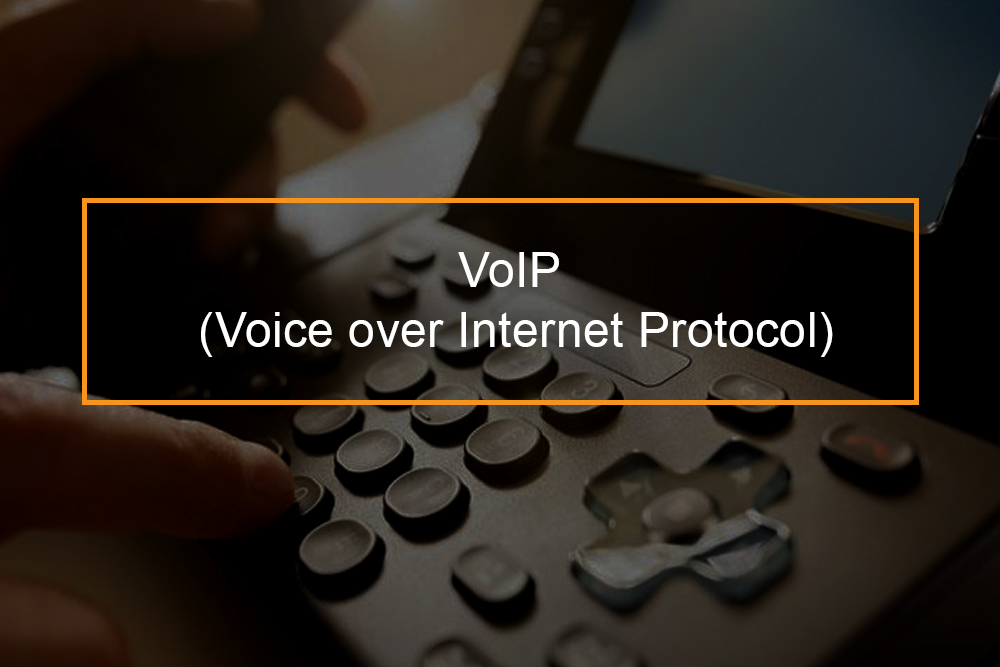 VoIP (Voice over Internet Protocol) is the transmission of voice and multimedia content over internet protocol (IP) networks. It is a high technology which allows users to place and receive telephone calls through the Internet and has been in the mainstream now for a long time. It can also be called an internet phone.
VoIP (Voice over Internet Protocol) is the transmission of voice and multimedia content over internet protocol (IP) networks. It is a high technology which allows users to place and receive telephone calls through the Internet and has been in the mainstream now for a long time. It can also be called an internet phone.
Historically VoIP referred to using IP to connect private branch exchanges (PBXs), but the term is now used interchangeably with IP telephony. VoIP is supported by a group of technologies and methodologies used to deliver voice communications over the Internet, enterprise local area networks (LAN) or wide area networks (WAN). VoIP endpoints comprise of dedicated desktop VoIP phones, softphone software running on computers and mobile devices, and WebRTC enabled browsers.
Generally, Voice Over IP allows you to make less expensive telephone calls via a broadband internet connection generally a DSL, broadband cable connection or T1, rather than using your regular telephone facility. You can connect locally to regular telephone numbers or in other regions of the United States and Canada, removing long-distance fees by using a VoIP service from an Interconnected VoIP Provider, which most VoIP providers are. Besides, you will usually have low international phone call rates to other countries. The savings can be substantial, with lesser fees and taxes levied by traditional telephone carriers. Also, most VoIP providers provide services with unlimited calling plans and an array of features all for one monthly fee.
How does VoIP work on cell phone?
How does Voice over IP (VoIP) work?
First, the Voice is changed by an ATA, Analog Telephone Adapter, or IP phone from an analog signal is a digital signal. The signal is then sent over the Internet in data packets to a location that will be close to the destination. Then it will be changed back to an analog signal for the remaining distance over a traditional circuit switch (PSTN) not unless it is VoIP to VoIP. The call can be received by traditional telephones globally, and other VoIP users. VoIP to VoIP calls can be transmitted entirely over the Internet. Since your Voice is transformed to digital, so that it can travel over the Internet, other great features like voice messages to call forwarding, Email, logs of incoming and outgoing calls and caller ID, can be included in your basic calling package all for a low cost. Most of these special features are great for the small business person who depends on their phone service to be more information center instead than just a telephone.
How does VoIP work for business?
VoIP utilizes codecs to encapsulate audio into data packets, transmit the packets across an IP network and encapsulate the packets back into audio at the other end of the connection. By removing the use of circuit-switched networks for Voice, VoIP decreases network infrastructure costs, allows providers to deliver voice service over their broadband and private networks, and enables enterprises to control data network and a single voice.
Voice over Internet Protocol also piggybacks on the resiliency of IP-based networks by allowing fast fall over following outages and redundant communications between endpoints and networks.
Does VoIP require internet?
One of the requirements of a VoIP connection is a high-speed internet connection, like DSL, TI, and cable, even wireless, as long as the wireless, and the provider’s bandwidth meets the minimum requirements for the VoIP provider you select and their connection is stable enough to provide a connection with no packet loss and jitter.
VoIP endpoints generally use standard codecs such as G.711 which is the standard for transmitting uncompressed packets, International Telecommunication Union, ITU, or G.729, which is the standard for compressed packets.
Most equipment vendors also use their proprietary codes. Voice quality may be distorted when compression is used, but compression minimizes bandwidth requirements. VoIP typically supports non-voice communications through the ITU T38 protocol to send faxes over a VoIP network in real-time.
After Voice is encapsulated onto IP, it is typically transmitted with the Real-Time Transport Protocol or via its encrypted variant, the Secure Real-Time Transport protocol. The Session Initiation Protocol is most often used to signal that it is essential to build, maintain, and end calls. Within enterprise private networks, quality of service is typically used to prioritize voice traffic over non-latency-sensitive applications to make sure acceptable voice quality.
Other components of a basic VoIP system comprise the following- devices; an IP PBX to control user telephone numbers; features and clients; gateways to connect networks and provide fall over or local survivability in the case of a network outage; and session border controllers to offer security, call policy management and network connections.
A VoIP system can also comprise a location tracking database for E911 enhanced 911- call routing and management platforms to gather call performance statistics for reactive and proactive voice quality management.
Can you use a normal phone with VoIP?
Do you need special phones for VoIP?
You can use your regular phone for VoIP calls. A VOIP phone portable adapter is plugged into any broadband internet connection and a telephone . Just wait for the dial tone, and you’re ready to make and receive calls. The adapter changes your regular telephone’s traditional signal to a digital signal, which can then be transmitted via the Internet, saving you money on long-distance and international calls whenever you make a call, from anywhere in the world.
Is VoIP any good?
VoIP advantages and disadvantages
The chief benefit of VoIP is less money, so in case you are looking for VoIP service provider cheap rates, inclusive of features that will make your communication more enhanced VoIP is right for you. Many VoIP providers have plans that enable unlimited calls in the continental United States and Canada all for one low monthly fee. Besides, added features like voice mail, call forwarding, call waiting, a web-based control panel, voicemail received as Email, and advanced call forwarding features are all added at no additional cost.
Further, international rates are less than traditional telephone organizations. You are not limited to just a particular local’s numbers but can even select one from another state. Besides, you can add virtual numbers from other areas that will ring in your primary number. Some benefits of VoIP are;
- Less monthly telephone bills- cheap long distance and cheap calls
- Extra features all included in your one monthly flat plan
- Unlimited monthly calling to various locations eliminating long-distance charges and plans with unlimited international calling
- Lower costs on international calling
- LNP, portability, or the ability to take your phone service with you
- Virtual numbers; they are numbers that ring in on a primary number and can be from other regions, even other states
When it comes to the downside, you cannot operate a VoIP phone system not unless you have a dependable internet connection with enough bandwidth. In case you operate a VoIP network, and the power goes out, you do not have internet connection so you cannot have access to your phone system.
It is worth noting some people will benefit more from VoIP phones than others. Developing entrepreneurs and small businesses are such great candidates for Voice over internet protocol phones that it would be challenging to present an argument against getting VoIP service. It is not just the unlimited long distance calls, United States and Canadian, that are the chief motivation., but it is also all the advanced features that are part of any provider’s services. Getting a state of the art communication system, one that up until now would cost several hundreds of dollars a month is incredible and with initial outlay, for under fifty dollars a month, and with a minimal upfront cost. Adding a VoIP line or two can significantly add to small business communication features, increase revenue, and save money. Contemplate adding a line, as a partial solution, keeping a regular copper line, particularly in case you fax, heavily or use DSL. It is essential to look for features that will benefit your business plan.


